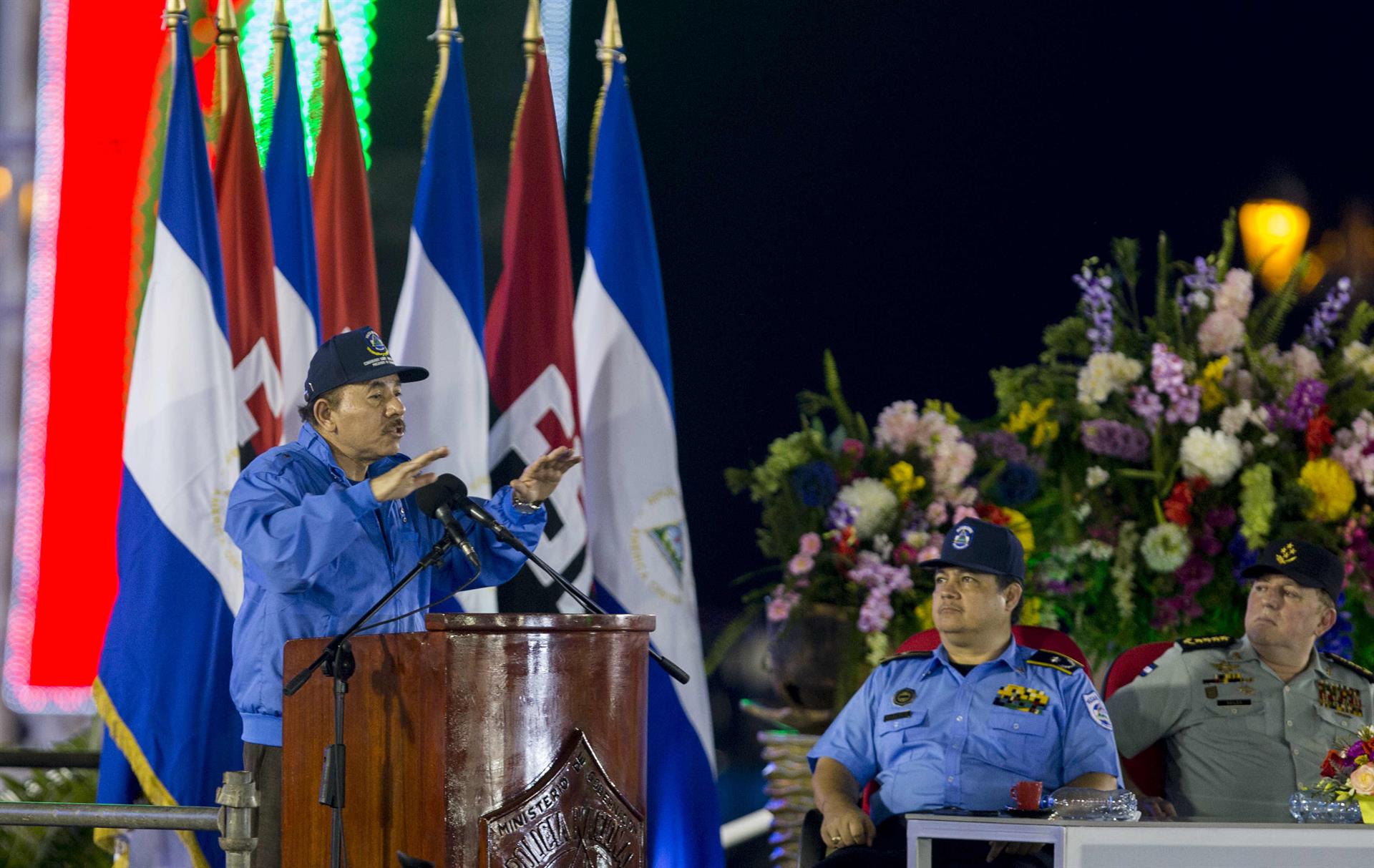Daniel Ortega and Rosario Murillo’s security is in the hands of a police unit. It is an elite group made up of snipers, sappers, radio-electricians, among other specialties, which nominally depend on the National Police, but that in real terms answers to the presidency, specifically to a loyal man with ample experience in personal security: Horacio Rocha, retired general commissioner and minister advisor for security affairs of the Sandinista government.
A source linked to the National Police, who spoke to DIVERGENTES under condition of anonymity, explained that this group commanded by Rocha is the one which defines the number of police officers needed to integrate each of the three security rings required by the dictators at their house, the periphery, and in activities that take place far from their home in El Carmen.
The same source explained that the ring members are defined by several criteria. The first one, which is the one that guards the Ortega-Murillo family at home or when they leave the perimeter, is made up of agents of different specialties who have proven to be loyal to the institution and to the “commander and the compañera” over the years.
“The second ring covers the roads the dictator is going to circulate, if he goes out, during some activity, or the periphery of his house in El Carmen”, said the source, who also indicated that in this group, the proven loyalty to the institution is fundamental.
The third police security ring is the one in charge of security during activities, specifically in mobilizations carried out by the dictator when he goes to Olof Palme or Plaza de la Revolución, for example.
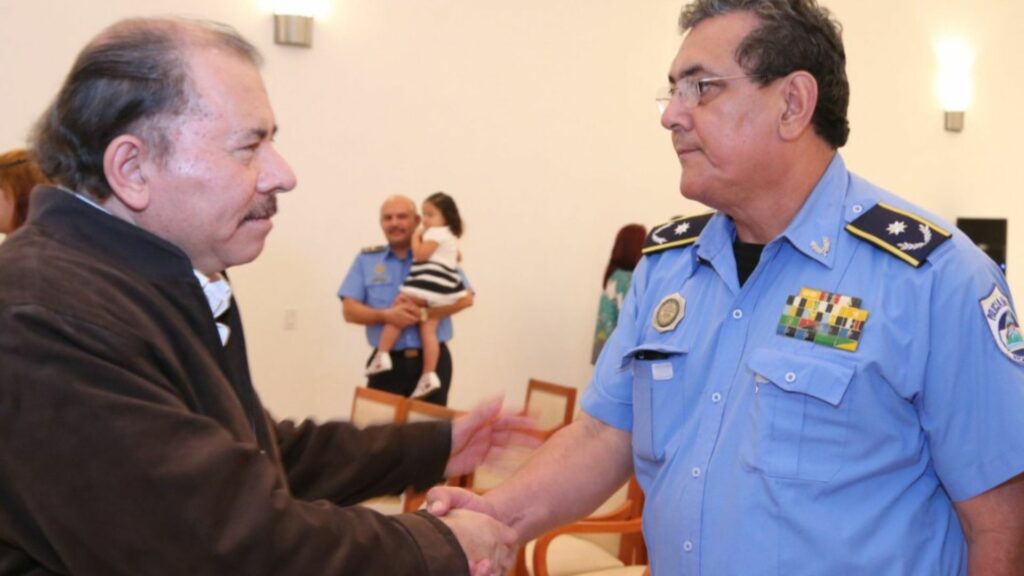
The regime has allocated from the general budget of the republic an annual amount of 218 million 229 thousand 378 córdobas in 2023 (6 million dollars) to organize their security rings and security planning. This translates, according to official information, into the presence of 1,262 officers, the execution of technical review plans to detect explosives in security targets, assurance and protection of the president and vice president, as well as members of government branches, diplomats and people from other countries visiting the country.
“The detail of how many officers Ortega actually uses for all his security rings is not public. However, it is his bodyguards, divided into the three groups, who occupy the majority of the personal protection program,” explained a security expert with extensive knowledge on how the National Police works to DIVERGENTES.
The police source explained that, in addition to the three rings described above, Ortega’s security is backed up by other police groups that, although they are not part of the “private” unit, respond to Rocha’s orders.
These are made up of agents who provide protection on the road (traffic and road officers), police officers who arrive before and leave at the end of public events and who are in charge of ensuring order in the area, and those who guard targets such as buildings, sales stalls or private homes.
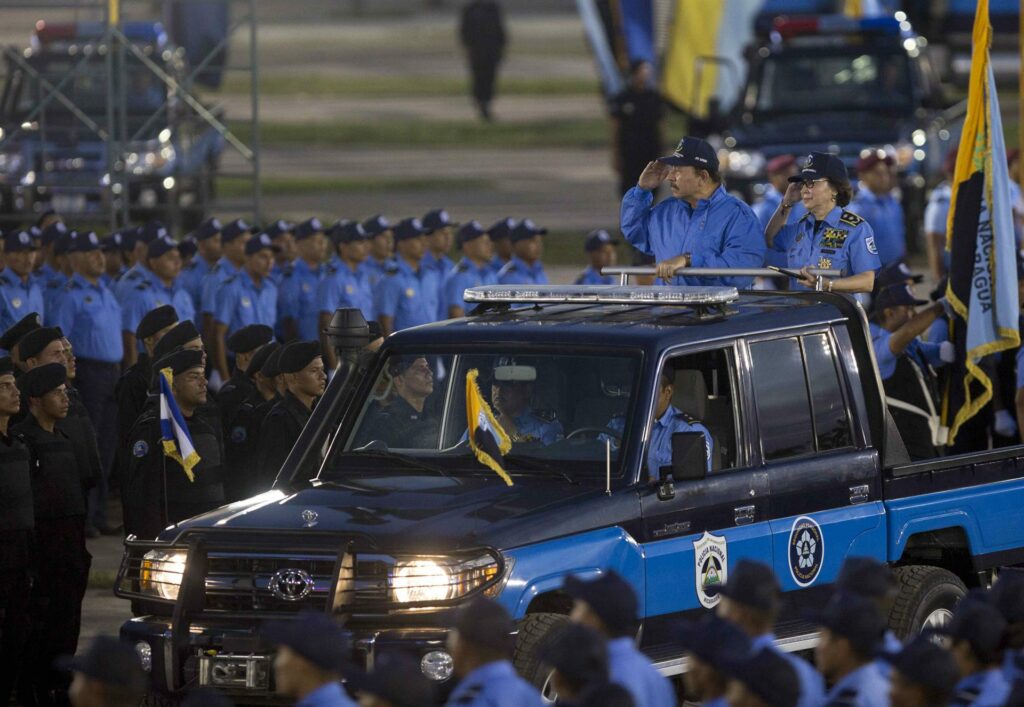
“They all work in function of the protection of both dictators but the latter ‘do not contaminate’ the three rings close to the mandataries. Coordination with these groups is done through the district chief, if it is in Managua, or sector chief, to precisely avoid any infiltration”, detailed the security expert.
The source added that Rocha and his group are also aware of who sits near Ortega and Murillo at events, the stage bodyguards and the number of attendees at the event. In activities like these all agents are focused on specific activities.
“If Daniel were to go to Matagalpa, personal security would go beforehand and coordinate with the departmental chief to develop a strategic plan for his protection. And if the Army wants to be part of the plan, they are subordinated to tasks assigned by Rocha, never above him,” he said.
The origin of Personal Security
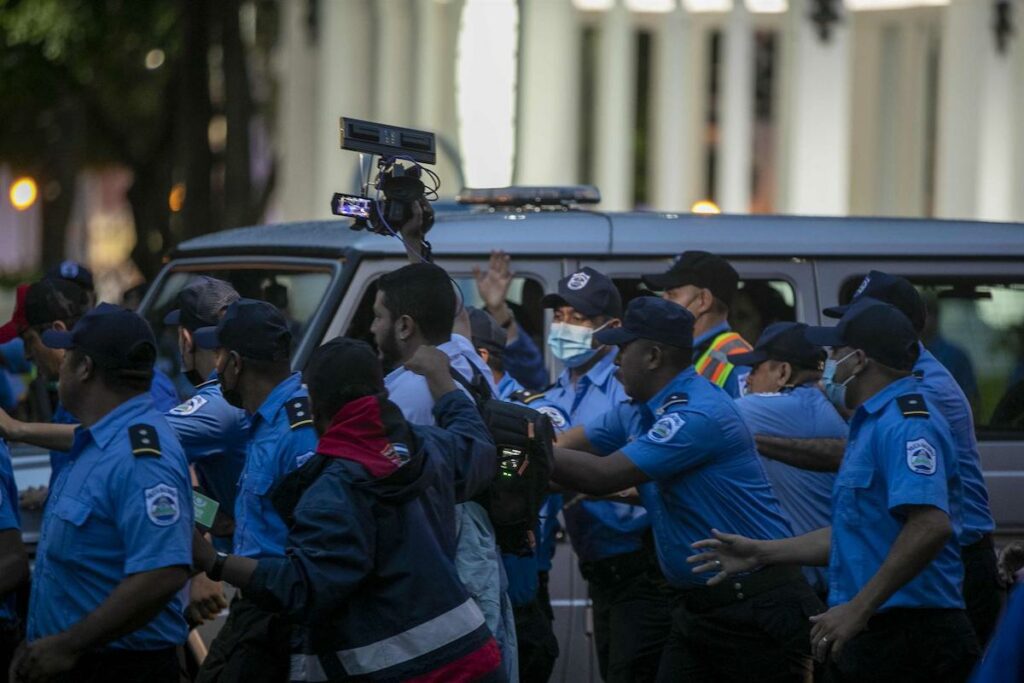
The decision to entrust personal security to this elite police group has to do with a matter of “tradition”, loyalty and specialization, explained the source linked to the National Police. “Since the eighties this group has been trained and the results have been successful. Both are satisfied with the way they are being taken care of,” explained the security expert.
The emergence of this group was in 1979, when Daniel Ortega took power for the first time, and the Personal Security Directorate was created, a unit subordinated to the Ministry of the Interior, trained and destined for the protection of personalities. The Directorate worked together with the State Security and the Police to receive support in its function of protecting public figures, however, it was always on the sidelines.
Protection at that time was indicated for the nine members of the National Directorate of the Sandinista Front, the five members of the Government Board, the presidents of the State powers and first level officials.
“Fidel Castro came here and did not complain. The Pope also came and he was comfortable with the protection he had. Singers and other presidential figures came and the work done by the Personal Security Directorate was well executed,” said the security expert.
In 1990, after the defeat of the Sandinista Front at the polls, the Personal Security Directorate merged with the Police and had its own space, similar to that of the Judicial Assistance Directorate (DAJ). The group was obviously reduced as the individuals to be protected were defined, but it never stopped training. On the contrary, they were constantly updated.
During the Liberal governments, the National Police continued with its professionalization and other presidents relied on the personal security inherited by the Sandinistas for protection during their terms of office.
Ortega, removed from power, continued to have police protection, although minimal compared to what Violeta Barrios, Arnoldo Alemán and Enrique Bolaños had at the time. “He never lost contact with the members of the personal security of the eighties. On the other hand, the police officers who were loyal to him during his mandate, remained within the institution,” said the expert.
The return of the loyal ones
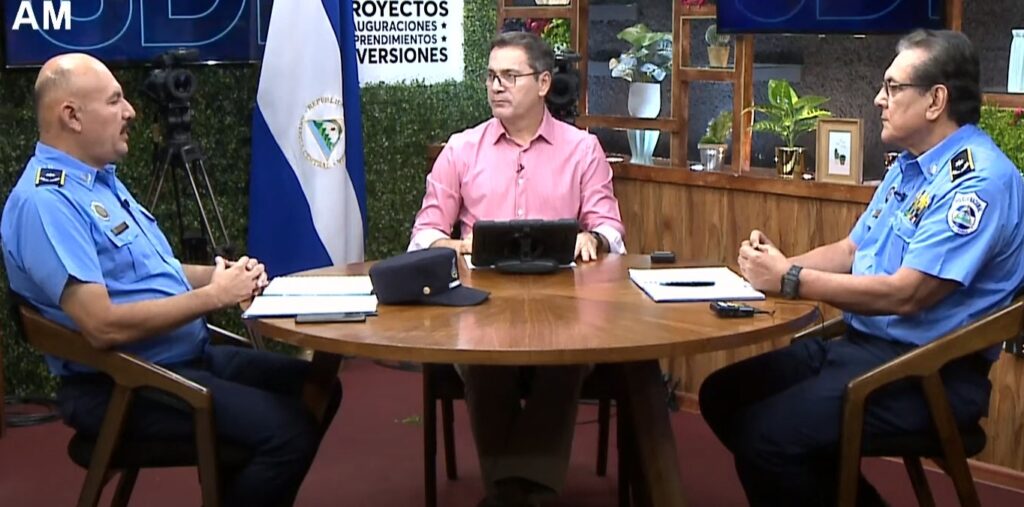
According to the security expert, when Ortega returned to power in 2007 it was clear that he was going to entrust his security to the police because of the training they had acquired during the years he was not in power. However, he always kept in mind that he would surround himself with men he trusted to coordinate his steps.
“Preparation, loyalty, both were important. He understood that he could not dismantle an apparatus that worked well. He was also always clear that the institution answered to him and that they had been prepared under the umbrella of the institutionalism of the police,” said the expert.
One of the first that Ortega “dusted off” was Manuel Alí Vallecillo, first head of personal security in the eighties and former cellmate of the Sandinista leader. The dictator appointed him in 2010 as security advisor to the presidency. Vallecillo is considered to be the creator of the “blue shirts”, a group that emerged in 2007 and was only observed in massive public activities where the Sandinista dictator participated, guarding him.
Another police officer that Ortega rewarded for his loyalty and considered important to be part of his security group was Marcos Alberto Acuña, current head of personal security, who according to a 2010 La Prensa publication, was promoted in three years from deputy commissioner to major commissioner. At that time he served as head of the dictator’s bodyguards.
Commissioner General Jorge Cairo Guevara, director of the “Walter Mendoza Martínez” police academy, was also part of this advisory group, who, although he had other functions in the institution, was always looking out for Ortega’s security.
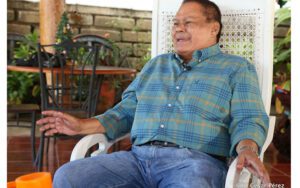
Guevara, according to a Confidencial publication, is a man trusted by Ortega and served in the eighties and nineties as the Sandinista dictator’s bodyguard. Unlike Vallecillo, the current head of the police academy did have a career in the institution and was considered to succeed police chief Aminta Granera before her retirement in 2018.
However, the most important figure for his security scheme was Néstor Moncada Lau, a former state security officer in the Interior Ministry during the 1980s. A character of total confidence of the Ortega-Murillo family who, although he did not have a police career, was important throughout forty years for the Sandinista regime.
Until 2018 he kept a very low profile. It was the U.S. Government sanction, just after the April Rebellion, that brought him to light when he was accused of making payments to counter protesters on behalf of Ortega and Murillo and, through his various intelligence functions, bribing and blackmailing people to gain their support or prevent them from opposing the government.
“Despite the sanction Lau remained as the main person responsible for the dictators’ security. He had other missions but was always aware of movements. He did not skimp on the number of troops and together with the advisors decided that both dictators would have all the personal security,” explained one of the security experts.
A breach in security?
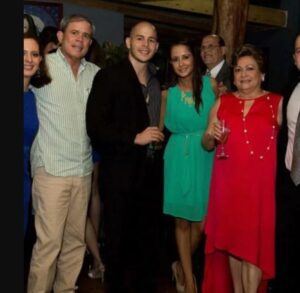
After 2018, Ortega-Murillo’s personal security remained crucial to the regime’s sustainability. The experienced Moncada Lau, a former State Security official of the Ministry of Interior, was considered the backbone for sustaining the plans. If he did not give an order, no one could move.
However, at the end of 2022, that function was taken away from him and entrusted to Horacio Rocha, although it is still unclear why the Sandinista leaders made this decision.
Rocha was deputy director of the National Police and was sent to retirement in 2014. Although the following year Ortega appointed him as Nicaraguan consul general in Korea, where his spouse, Ana Isabel Argüello, was sent as ambassador, he was removed from diplomatic service in 2016.
Rocha’s activation, according to the security expert, was not accidental but necessary. According to the specialist, “something happened” for the dictators to have made the decision to “pull” Rocha out of retirement, to entrust him with this new mission, and for him to take other measures to further secure his movements in the capital.
A clear example, according to this source, was the decision to organize the celebration of the 44th anniversary of the Sandinista Revolution just 350 meters from El Carmen, in Plaza Parque Dignidad Nacional, and not in Plaza de la Revolución, located 2 kilometers from his residence.
“A basic principle in security is that no measure is extreme, and they take all necessary measures to take care of themselves. The more they mitigate risk the better for them”, explained the security expert, who pointed out that Rocha is evidently the most reliable person to develop security plans.
The police source indicated that all the plans are in charge of Rocha because of his preparation in Cuba, the former Soviet Union, and the experience he developed during the eighties and the governments after Violeta Chamorro’s triumph.
“Horacio Rocha was the first head of personal security for Tomás Borge. Later he was head of personal security for Daniel Ortega. He was also second and first chief of the Personal Security specialty, and deputy director of the Police. He is the ideal person for the position, his preparation, psychology, experience is basically in this area,” the source said.
“Not a single leaf moves without his approval,” explained the source linked to the National Police. “Not only from the technical point of view, but also about who approaches, when, where and why, the couple that governs the country,” he said.
The source linked to the police institution explained that Rocha’s return has to do with strengthening the dictators’ security and the supposed fall of Moncada Lau within the Sandinista regime.
For this article, DIVERGENTES consulted sources linked to the National Police, security experts and analysts who provided historical data but who decided not to be named in the text for security reasons.



